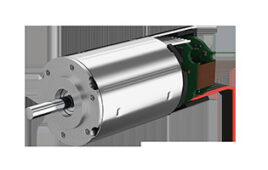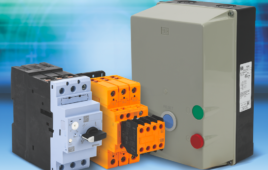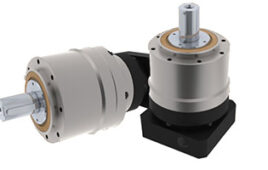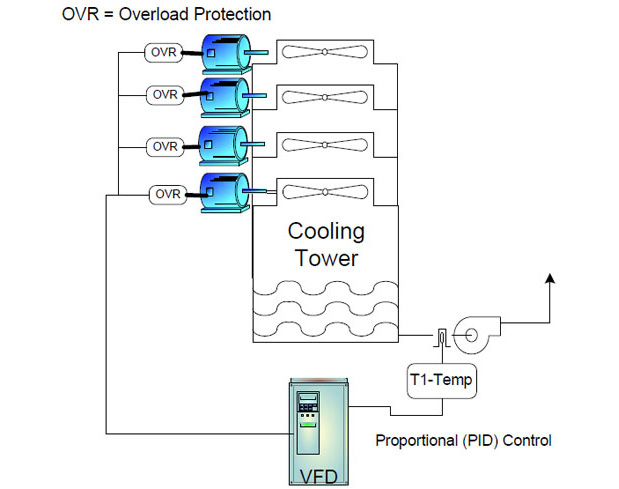The case for automation in a distribution center (DC) environment shares many of the same ROI incentives as other parts of the supply chain – flexibility, speed, labor efficiency and allocation and increased throughput capacity. Additional drivers specific to a DC include increased accuracy, lower loss and damage rates, faster response to SKU velocity changes and government regulated traceability requirements. Within a DC, layer and random case picking and palletizing represent some of the last, and most challenging, areas for automation.
Developed for a large snack food supplier in the central USA, this robotic gantry case picking system with conveyor automates high speed picking operations. The system includes a combination of robotic gantries, case conveyor and software.
A four crane ASRS accepts palletized loads directly from production. The pallets are put away as received and time stamped. When product is called for, the oldest pallet is removed and sent to one of the three depalletizing robots.

At the depalletizer, the pallet load height is verified as a rough check that the correct product is in queue. The robot then strips complete layers from the pallet onto a descrambling conveyor (from Solutions in Action, Inc.), where the cases are separated and turned to convey short side leading. As the cases are descrambled at an average rate of 44 cases per minute, case length, width, height and weight are checked against correct case specifications, and the case is rejected if the criteria are not met.
Working together, the three robots put out 120 cases per minute. When a pallet has been stripped, the robot places the empty pallet onto a stack for fork truck removal.
Through a high-speed conveying and sortation system, any of the three depalletizing robots can feed cases to any of the 11 case picking robots. Cases are singulated and cued into layers for picking by the robot.
The case pick robots handle both inbound and outbound cases on demand. Cases arriving from the depalletizing robots are formed into layers through high-speed layer forming tables at each cell. When there is a picking pause the pick robot lifts the entire layer, stacking the cases on the floor one stack per SKU, in preparation for orders in the next 40 minutes or so.
Concurrently with the arrival of inbound cases, the pick cell robot removes cases of previously stacked product to fill orders. The cell picks aged product first, unless otherwise requested.
Eleven pick cells process 8,000 cases per hour into the pick cells while also processing 8,000 cases per hour out of the cells. The orders are picked in route truck sequence (RTS) and placed on the spurs, each group waiting to make the run to the trucks.
Once ready, cases are inducted from the spurs onto the main conveyors at up to 34 cases per minute and make the run to the selected truck in the precise requested sequence. (If the customer’s order is to ship on pallets, these cases are conveyed in the optimal sequence for palletizing to an automated mixed case palletizing station.)
With the gantry storage, all product is conveyed directly into and out of storage, all associated fork truck traffic goes to zero. The fully automated system provides 100% pick accuracy.
The removal of the pick lanes means tighter inventory storage, which reduces the amount of floor space required to store product. This system eliminates all requirements for manual picking. The system gives precise information on the location of all products in the event of a problem, such as product recalls.
Answering the call for smaller individual order volumes, greater product variety per order and significantly higher frequency in distribution, the RMT automated robotic layer and case-picking system offers an alternative to manual or semi-automated case picking solutions.
RMT Robotics
www.rmtrobotics.com
::Design World::
Filed Under: Factory automation, AUTOMATION, Conveyors, The Robot Report, Packaging, LINEAR MOTION, Motion control • motor controls





Tell Us What You Think!